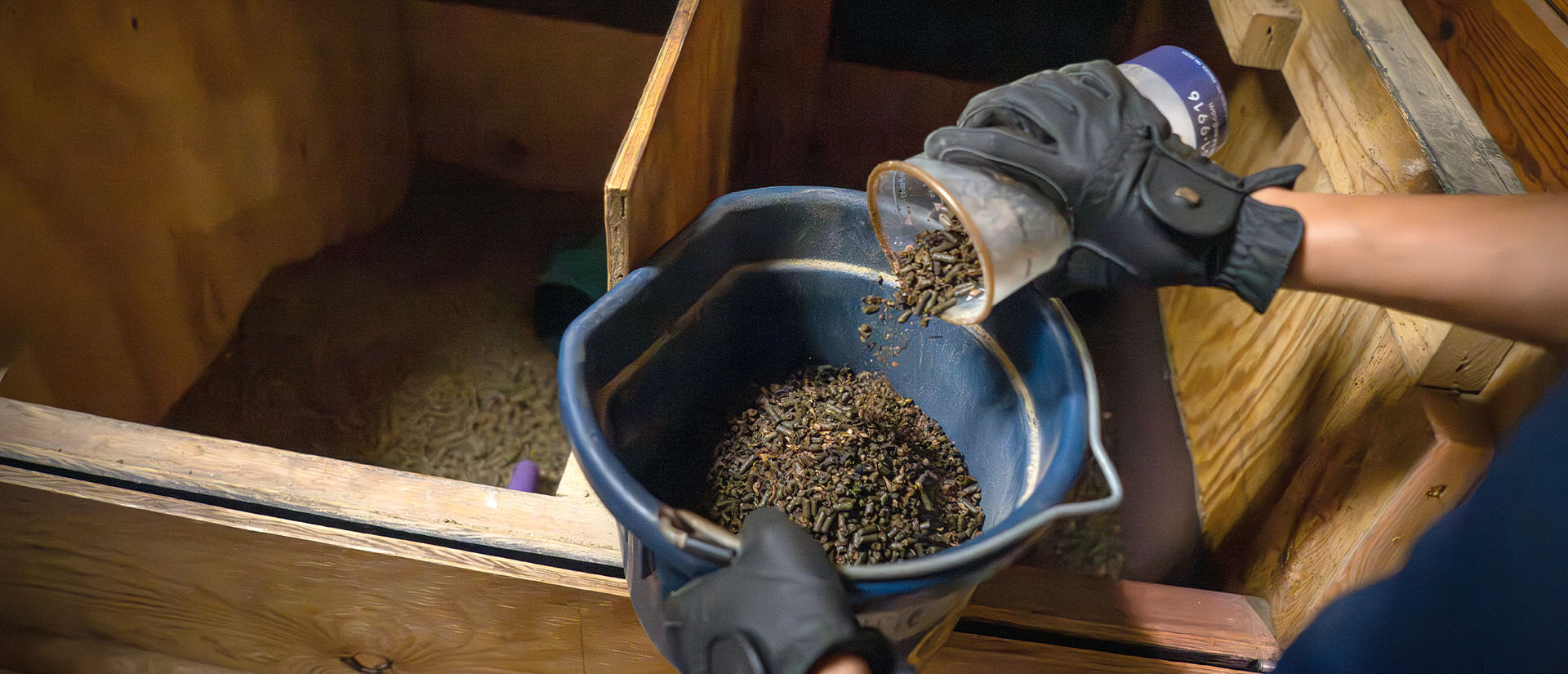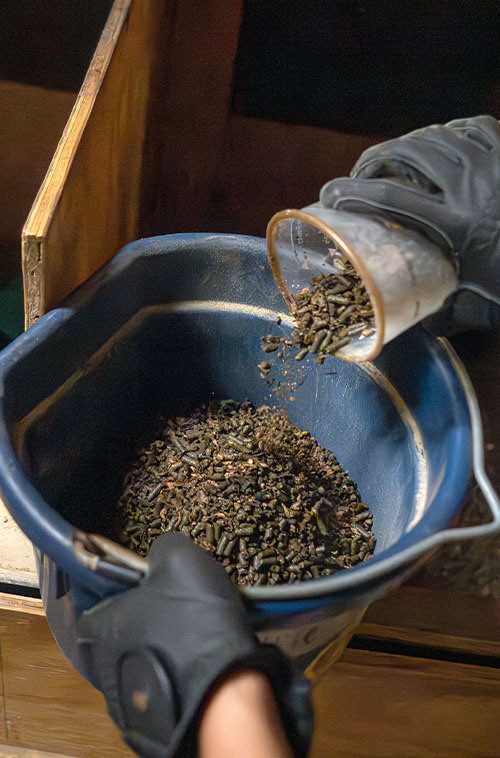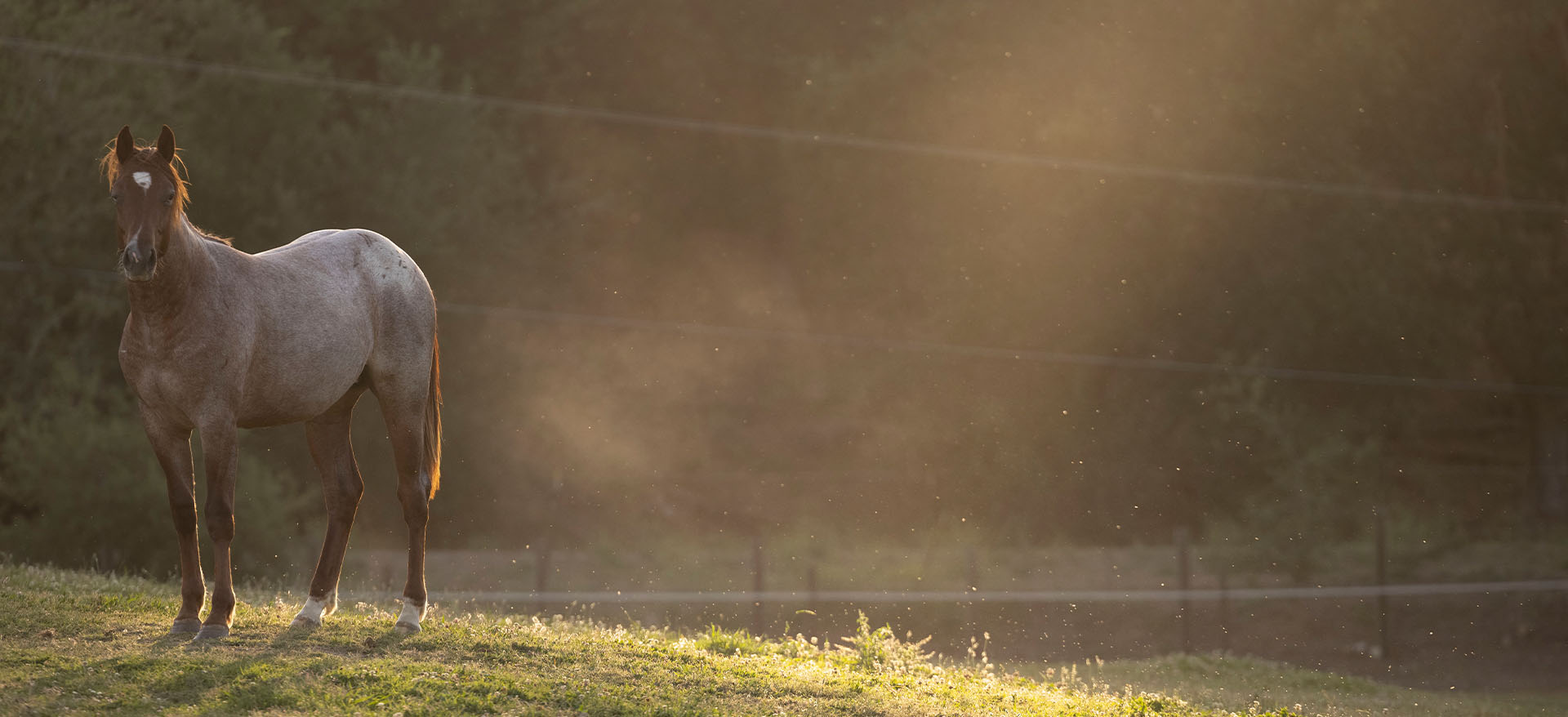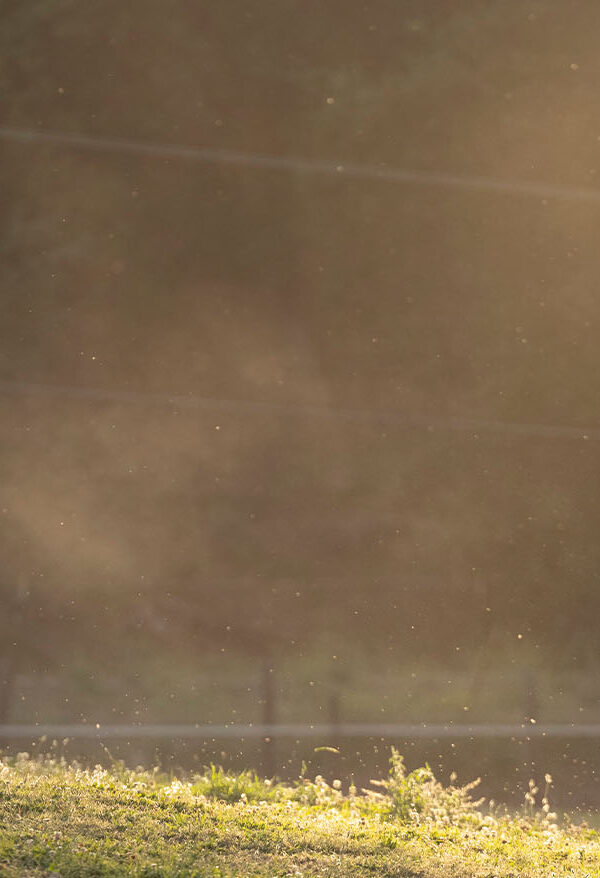Keep Your Feed Fresh and Stored Properly


Buying feed at the store
- Check the date code on the feed bags.
Triple Crown and many other feeds typically have the manufacture date stamped on the bottom white tear strip in black, the code could look like a series of letters and/or numbers. If a feed bag has a sewn-on tag, the manufacture date may be on the tag. The julian date code system using a combination of the year and the day within the year is commonly used to date feed. January 1st would be 001 for the day of the year and December 31st would be 365. The year may be displayed with 1 digit (5) or 2 digites (25) for 2025. Manufacturing mills often use a letter code such as HAR for Harrisburg. An example of a feed made at Harrisburg on April 30, 2025 is 25130HAR. Get familiar with how to read these date codes.
- To buy or not to buy?
If you see a bag that looks clean and properly stored with a date that is fresher than 3 months from the manufacture date and know that you can use up the bag(s) within another month, then go ahead and buy it. There are general guidelines for how long feed is considered fresh, but weather, storage and usage all factor in. Ideally, lower fat, pelleted feeds should be fed before 4-5 months of age. For higher fat feeds, by 3-4 months of age or less. The reduced “use by date” is due to higher fat feeds being more prone to molding and attracting bugs.
Remember these are general guidelines, some owners may prefer feed that is 3 months old or fresher, while others may be fine with slightly older bags. Triple Crown provides this guideline—
“For freshness and palatability, it is recommended stores sell Triple Crown feeds within 3 to 4 months from date of production. Under proper storage conditions, feed quality can be guaranteed up to 6 months from date of production. Do not feed if product is moldy or has insect contamination.”
It is documented that at about 6 months of age, vitamin and mineral levels begin to break down, so this may be the maximum use by date others follow as well. You can ask equine nutrition experts, feed company representatives and horse owners and you will get many different answers. Ultimately, do what works for you and your horse.
- Buy smaller quantities vs. stocking up, when possible.
Feed will have a “longer shelf life” in cooler temperatures compared to hot, humid temperatures. This may be an important consideration in how much feed you buy at a time. We recommend only purchasing about 2-3 weeks worth of feed in hot temperatures and heading to the store for more when you are getting low. Buying larger quantities is just not worth the possibility of molding or spoilage if you are not able to use it within a reasonable time. You can generally buy a larger supply in cooler months. Take time to assess how much feed you need for each horse and how many bags of feed you will need for a few weeks.
- See something wrong with a feed bag at the store? Say something!
You can help your store provide fresh feed. If you see feed that has old date codes, has signs of bugs or a bag looks damaged, let them know. Stores do their best to provide the freshest feed by:
- Rotating feed; the first in, should be the first out
- Storing feed in a clean and orderly location, away from weather and off the ground
- Making sure the feed area is free of insects and rodents and away from non-consumables because feed can pick up the “smell” of chemicals or paint, for example, and become unpalatable to horses.
Keeping feed at your home
Important- Keep your feed receipts and hold onto your empty feed bags if you put your feed in cans or containers, this information is important should you have a product question or concern.
- Store feed properly.
Follow the previous recommendations and store your feed in a cool, dry location away from weather, direct sunlight and off the ground, and do your best to prevent insect/rodent infestation. You may choose to feed out of the bag or pour feed into cans or bins. Be sure that you completely use up feed in the bin, give it a good cleaning before adding new feed into the bins. You do not want to pour new bags of feed on top of feed in the bin or you could run into mold and bug issues.
- Inspect your new feed bags.
As you open new bags, inspect the feed for any signs of issues like mold, an off smell, bugs or contamination. If something isn’t right, do not feed it. If you recently purchased the bag and have the receipt and bag with the date code, follow the return guidelines for your store. You should be able to return a bad bag for a new bag or to get a refund. This is when buying smaller quantities makes sense. As an example, if you had feed stored in the barn for many months and start to find moldy feed bags, it is no longer the store’s (or the feed manufacturer’s) responsibility.
- Check your feed daily.
At each meal prep, inspect your feed again. Unfortunately, since feed is perishable, mold or bug infestation could happen at any time despite your best efforts.
If you follow these feed buying and storage tips, you can help ensure the feed you provide your horse is fresh and at an ideal age. This will also maximize the nutrients being provided to your horse.

